The Role of Physical Therapy in Sports Rehabilitation
18 January 2025
Sports can be thrilling. The adrenaline rush, the competition, the joy of winning—it's all part of the game. But let's be real for a moment. No matter how well-prepared an athlete is, injuries are an inevitable part of playing sports. Whether you're a weekend warrior playing pickup basketball or a professional athlete competing at the highest levels, injuries suck. Period. That's where physical therapy comes into play. It’s not just about bouncing back quickly but also about doing it safely and efficiently.
Gone are the days when athletes would just "walk it off" or "rub some dirt on it." Sports medicine has evolved, and physical therapy plays a pivotal role in modern sports rehabilitation. But how exactly does physical therapy help athletes recover from injuries? And why is it so essential in sports rehabilitation?
Let's dive into it.
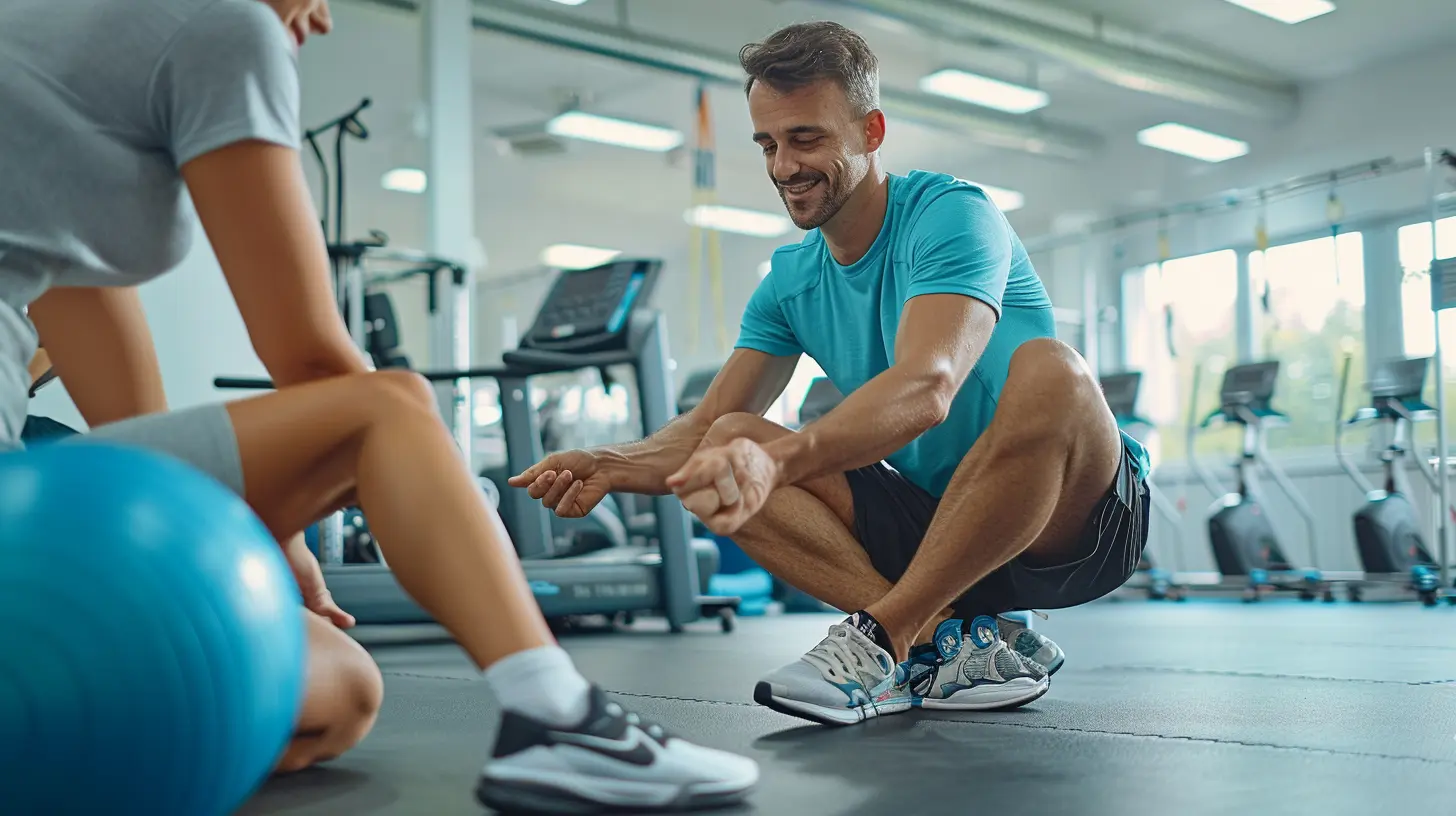
Understanding Sports Injuries
Before we get into the nuts and bolts of physical therapy, it’s important to understand the types of injuries athletes commonly face. Sports injuries generally fall into two categories: acute injuries and chronic injuries.- Acute injuries happen suddenly, like a sprained ankle during a soccer game or a torn ligament in the knee (hello, ACL tears). These injuries are immediate and often very painful.
- Chronic injuries, on the other hand, develop over time. Think repetitive stress injuries like tennis elbow or runner's knee. These are the result of overuse, and they can be just as debilitating as an acute injury.
Whether you're dealing with an acute injury from that one unlucky fall or a chronic injury that’s been nagging for months, physical therapy can be a game-changer in your recovery process.
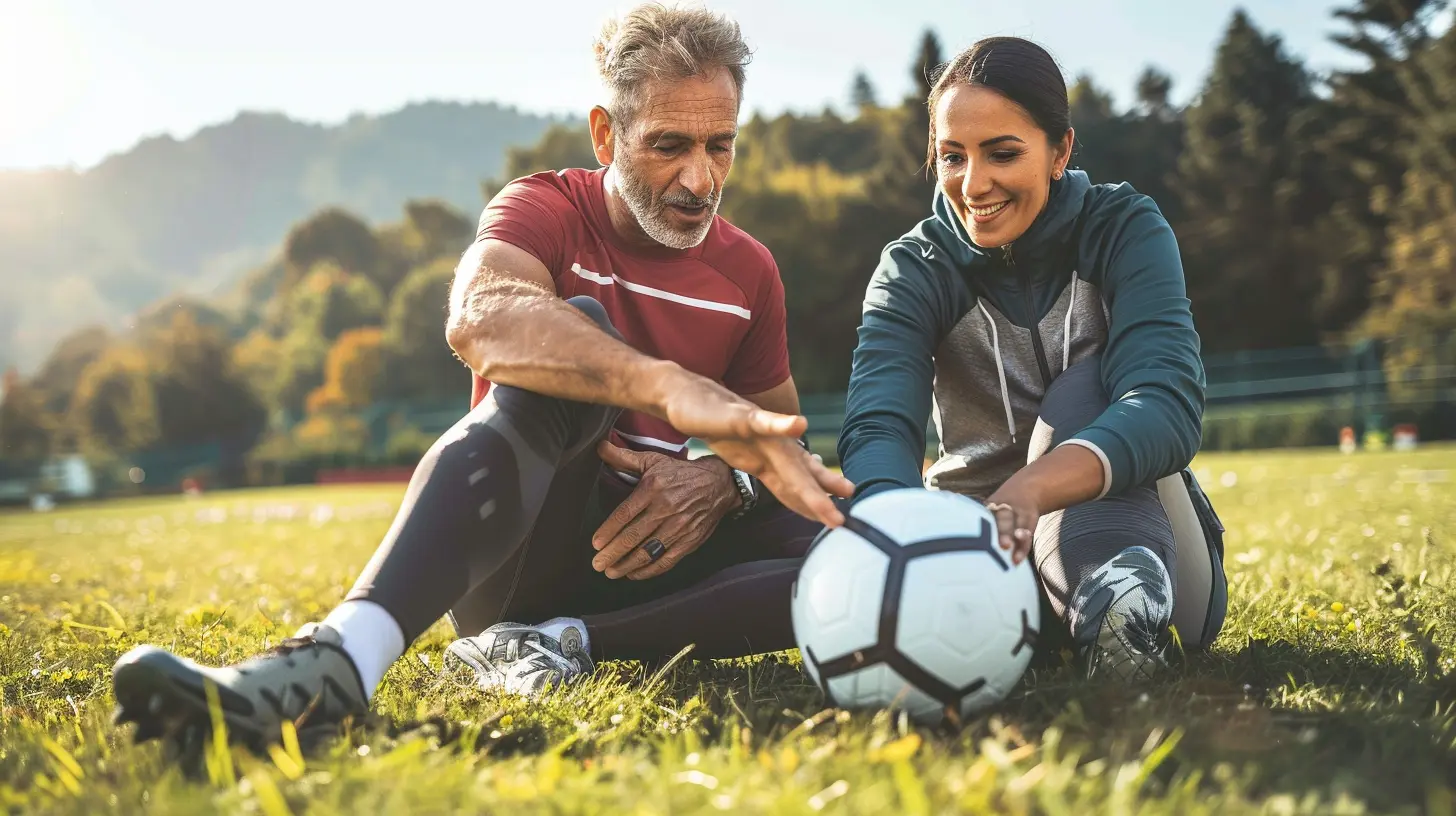
What is Physical Therapy?
So, what exactly is physical therapy? In simple terms, it’s a form of healthcare that uses exercises, manual therapy, and other techniques to help people improve their movement and manage pain. When it comes to sports rehab, physical therapists are like coaches—but for your body. They guide you through a carefully structured recovery plan designed to get you back on your feet (or back on the court, field, or track).But physical therapy isn’t just about healing from injuries; it’s also about preventing them. That’s why many athletes work with physical therapists not only when they're hurt but also as part of their regular training regimen to avoid injuries in the first place.
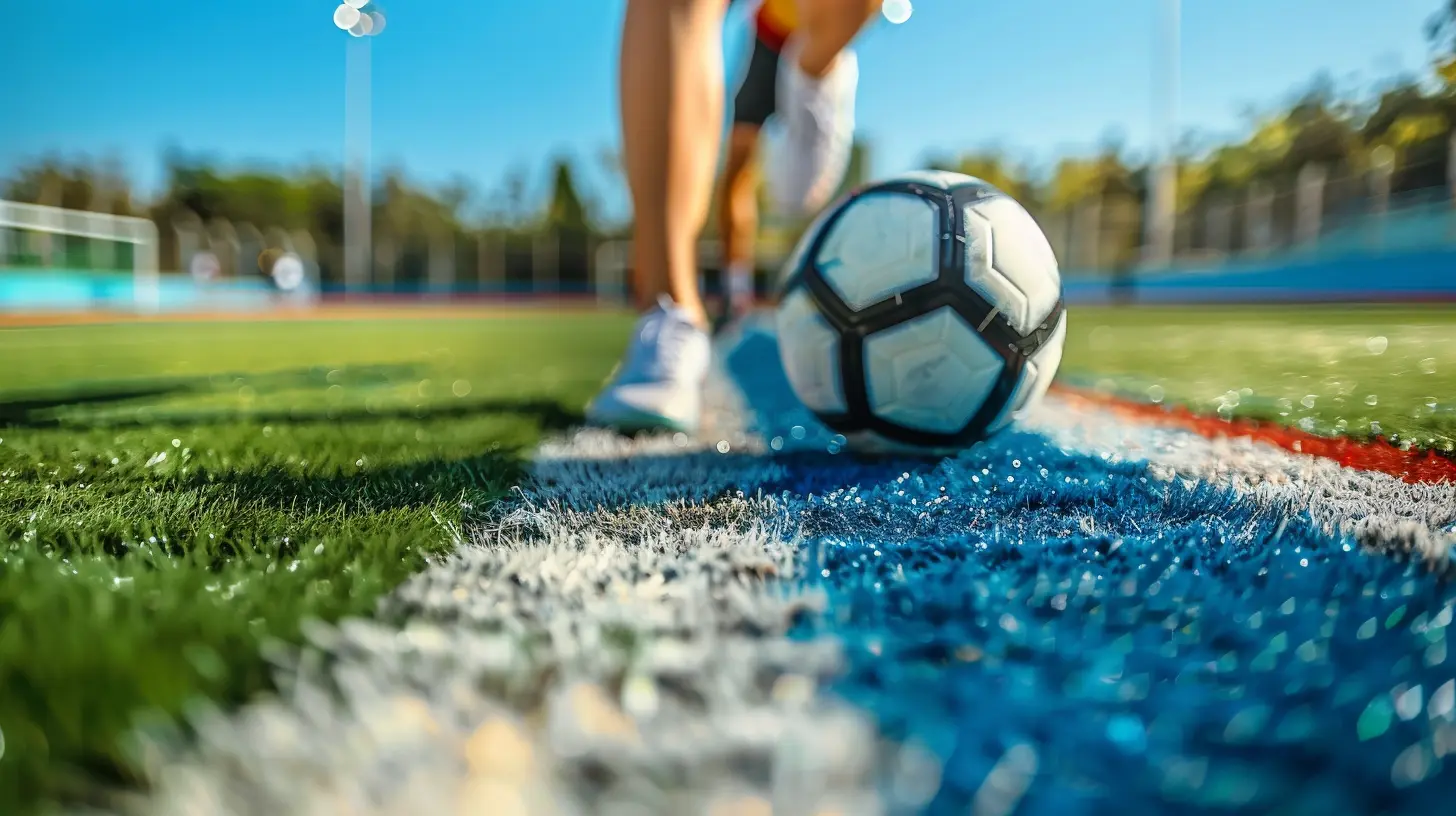
The Role of Physical Therapy in Sports Rehabilitation
1. Pain Management
First things first—let's talk about pain. After an injury, your body’s natural response is to send pain signals to your brain. Physical therapy helps you manage this pain in various ways. From manual therapy (massage and joint mobilization) to electrical stimulation and heat or ice treatments, physical therapists have a full toolbox to help you feel better.But here’s the kicker: pain management in physical therapy doesn’t rely on medications. Instead, it focuses on addressing the root cause of the pain and helping your body heal in a way that reduces discomfort naturally. It’s a much more holistic approach, which is a big deal for athletes who want to avoid being sidelined by pain medications or surgery.
2. Restoring Mobility and Flexibility
After an injury, it's common for muscles to tighten up, joints to stiffen, and movement to become restricted. This can make even simple tasks—like walking or bending over—feel like an uphill battle. Physical therapy focuses on restoring mobility and flexibility by using stretching exercises, joint mobilizations, and strength training.For athletes, mobility is everything. Whether you're a sprinter who needs to explode off the blocks or a tennis player who relies on quick lateral movements, being flexible and mobile is key to performing at your best. Physical therapy helps you regain that lost mobility and ensures that you can move freely without pain or stiffness.
3. Strengthening Weak Muscles
Injury often leads to muscle weakness. When you're not using a muscle, it can atrophy (shrink) and lose strength. This is particularly common after surgeries or prolonged periods of immobilization (like wearing a cast or brace).Physical therapists work with athletes to strengthen weak muscles and restore balance to the body. They’ll design a program tailored to your specific injury and sport, focusing on exercises that target the muscles you need most. Whether it’s leg strength for soccer players or shoulder stability for swimmers, physical therapy helps you rebuild the muscle groups that matter most.
4. Improving Balance and Coordination
Injuries can throw off your balance and coordination, especially if you've been favoring one side of your body to avoid pain. For example, if you've sprained your left ankle, you might unconsciously start putting more weight on your right leg, which can lead to further imbalances and even more injuries.Physical therapy includes exercises that improve proprioception (your body’s ability to sense its position in space). This helps athletes regain coordination and balance, reducing the risk of future injuries. Think of it as recalibrating your body’s internal GPS. When everything is in sync, you're less likely to stumble or make awkward movements that could lead to reinjury.
5. Injury Prevention
One of the most underrated aspects of physical therapy is its role in preventing future injuries. After all, the best injury is the one that never happens, right?Physical therapists don’t just treat the injury at hand; they also look at the bigger picture. They assess an athlete’s biomechanics, movement patterns, and muscle imbalances to identify areas of weakness or instability that could lead to future injuries. By addressing these issues early on, physical therapy helps athletes stay in the game and avoid problems down the line.
For example, let’s say a runner has weak hip muscles, which is causing their knee to collapse inward during their stride. This could lead to knee pain or even an ACL tear. A physical therapist would identify this weakness and prescribe exercises to strengthen the hips, thereby reducing the risk of injury.
6. Rehabilitation After Surgery
Unfortunately, some injuries require surgery—especially in cases of severe ligament tears, fractures, or joint damage. But surgery is only half the battle. The real work begins afterward with physical therapy.Post-surgical rehabilitation is essential for helping athletes regain strength, mobility, and function. Physical therapists work closely with surgeons to create a rehab plan that aligns with the healing process. This often includes a combination of passive and active exercises, starting slow and gradually increasing in intensity as the body heals.
For example, after an ACL reconstruction, physical therapy might begin with gentle range-of-motion exercises and progress to strength training, balance work, and sport-specific drills. The goal is to ensure that the athlete returns to their sport stronger and more resilient than before.
7. Mental and Emotional Support
Recovering from a sports injury isn’t just a physical challenge—it’s a mental one as well. For many athletes, being sidelined can lead to feelings of frustration, anxiety, or even depression. The fear of reinjury can also linger long after the physical pain has subsided.Physical therapists often play a crucial role in providing emotional support during the rehabilitation process. They’re there to cheer you on, celebrate your progress, and help you stay motivated when the going gets tough. This mental and emotional support can make a huge difference in an athlete’s recovery journey.
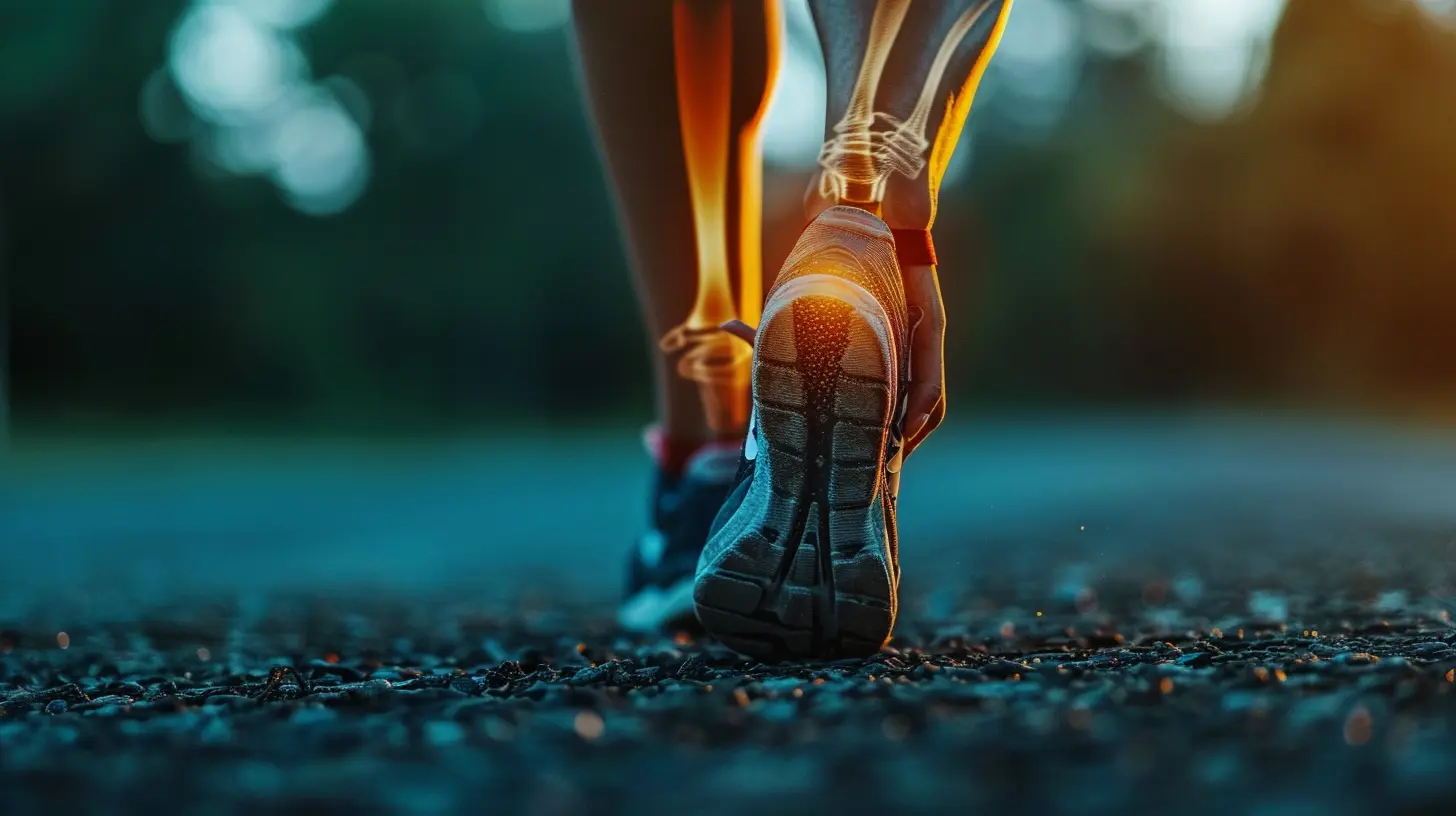
Common Physical Therapy Techniques Used in Sports Rehabilitation
Now that we’ve covered the key roles of physical therapy in sports rehabilitation, let’s take a closer look at some of the techniques that physical therapists use.1. Manual Therapy
This involves hands-on techniques like soft tissue massage, joint mobilization, and stretching. Manual therapy helps reduce pain, improve circulation, and increase flexibility.2. Therapeutic Exercises
These are specific exercises designed to target weak or injured muscles. They may include strength training, flexibility exercises, and endurance building to help athletes regain their full range of motion and power.3. Electrical Stimulation
Also known as e-stim, this technique uses electrical currents to stimulate muscles. It’s often used to reduce pain, improve muscle strength, and stimulate blood flow to the injured area.4. Ultrasound Therapy
This involves using sound waves to penetrate deep into the tissue, which can help reduce inflammation and promote healing.5. Aquatic Therapy
For some athletes, exercising in water can be a low-impact way to rebuild strength and mobility. The water provides resistance while also reducing the stress on joints, making it a great option for those recovering from injuries.Conclusion
Physical therapy is a vital component of sports rehabilitation. It’s not just about helping athletes recover from injuries—it’s about restoring function, preventing future problems, and empowering athletes to return to their sport stronger than ever. Whether you’re dealing with a sprain, a strain, or a more severe injury, physical therapy provides a personalized, holistic approach to recovery that addresses both the physical and mental aspects of rehabilitation.So the next time you find yourself sidelined by an injury, remember: physical therapy isn’t just about getting back in the game—it’s about staying in the game for the long haul.
all images in this post were generated using AI tools
Category:
Sports MedicineAuthor:

Fernando Franklin
Discussion
rate this article
18 comments
Anabella Torres
Physical therapy is the backbone of sports rehabilitation, empowering athletes to recover stronger and more resilient than ever. It's not just healing—it's a journey towards excellence and peak performance!
February 2, 2025 at 12:39 PM

Fernando Franklin
Thank you for highlighting the essential role of physical therapy in sports rehab! It truly transforms recovery into an opportunity for enhanced performance.
Summer McLain
This article highlights the crucial role of physical therapy in sports rehabilitation, emphasizing not just physical recovery but also mental resilience. It's a reminder that healing involves both body and mind, fostering a deeper appreciation for athletes' journeys to recovery.
January 30, 2025 at 1:47 PM

Fernando Franklin
Thank you for your insightful comment! I completely agree that addressing both physical and mental aspects of recovery is essential for athletes. Your perspective enriches the conversation on this important topic!
Signe Patterson
Essential for recovery and performance enhancement!
January 28, 2025 at 4:06 AM

Fernando Franklin
Thank you! We're glad you found it essential for recovery and performance!
Caleb Webster
Great article! It beautifully highlights how physical therapy is essential for athletes' recovery and performance. A warm reminder of the importance of healing and resilience in sports!
January 27, 2025 at 9:20 PM

Fernando Franklin
Thank you! I'm glad you found it insightful. Physical therapy truly plays a vital role in athlete recovery and performance.
Wade Thomas
Great article! It’s fascinating to see how physical therapy plays a crucial role in sports rehabilitation. The insights on injury prevention and recovery strategies are particularly valuable for athletes and coaches alike. Thank you for highlighting this important topic!
January 27, 2025 at 1:30 PM

Fernando Franklin
Thank you for your kind words! I’m glad you found the insights helpful for athletes and coaches. Your support means a lot!
Xavi Carter
Great insights! Physical therapy truly makes a difference in recovery—it's like having a personal coach!
January 26, 2025 at 11:36 AM

Fernando Franklin
Thank you! I'm glad you found the insights valuable. Physical therapy is indeed essential for effective recovery and performance enhancement!
Harvey McPhee
Physical therapy is essential for recovery, enhancing performance and preventing future injuries.
January 26, 2025 at 5:17 AM

Fernando Franklin
Thank you for highlighting the importance of physical therapy! It truly plays a crucial role in recovery and injury prevention in sports.
Georgia McIntosh
Physical therapy is essential for effective recovery and injury prevention in sports.
January 25, 2025 at 1:06 PM

Fernando Franklin
Thank you for highlighting the importance of physical therapy! It indeed plays a crucial role in both recovery and injury prevention for athletes.
Annabelle Howard
Great article! It beautifully highlights how essential physical therapy is in sports rehabilitation. Understanding the tailored approaches therapists use can empower athletes to recover effectively and return stronger. This knowledge is crucial for both athletes and coaches.
January 25, 2025 at 4:57 AM

Fernando Franklin
Thank you for your insightful comment! I'm glad you found the article valuable in highlighting the importance of tailored physical therapy approaches in sports rehab.
Sophia McPhee
Physical therapy is essential in sports rehabilitation, helping athletes recover effectively and safely. It not only addresses injuries but also enhances strength, flexibility, and performance. Tailored rehabilitation programs can prevent re-injury and promote long-term athletic success, making PT a vital component of any sports regimen.
January 24, 2025 at 9:28 PM

Fernando Franklin
Thank you for highlighting the importance of physical therapy in sports rehabilitation! Your points on injury recovery, performance enhancement, and injury prevention are crucial for athlete success.
Adrian Martin
In the dance of comeback, where muscles mend and spirits rise, physical therapy weaves the threads of resilience, crafting athletes anew. In every stretch and step, hope unfurls, igniting the fire within.
January 24, 2025 at 1:30 PM

Fernando Franklin
Thank you for capturing the essence of physical therapy in sports rehabilitation so beautifully! Your words truly highlight the profound impact it has on athletes' recovery and resilience.
Emmett Brown
Physical therapy is the unsung hero of sports rehab, transforming athletes from sidelined to superstar. It’s not just about healing; it’s about optimizing performance. Think of it as fine-tuning a race car—without the right adjustments, even the fastest engines can stall. Recovery starts here, and so does the comeback.
January 23, 2025 at 12:29 PM

Fernando Franklin
Thank you for highlighting the crucial role of physical therapy in sports rehab! Your analogy of fine-tuning a race car perfectly captures how essential it is for athletes to optimize their recovery and performance.
Riff McLoughlin
Physical therapy is the unsung hero of sports rehabilitation—transforming injuries into comebacks. It’s not just about healing; it’s about optimizing performance and preventing future setbacks. Athletes who underestimate its value might find themselves sidelined longer than they anticipated.
January 23, 2025 at 3:17 AM

Fernando Franklin
Thank you for highlighting the crucial role of physical therapy! It's essential not only for recovery but also for enhancing performance and preventing future injuries. Your insights are invaluable!
Maxwell Morales
Physical therapy is essential in sports rehabilitation, aiding recovery by improving mobility, strength, and flexibility while preventing future injuries. It enhances athletes' performance and promotes overall wellness.
January 22, 2025 at 8:26 PM

Fernando Franklin
Thank you for highlighting the critical role of physical therapy in enhancing recovery and performance in sports rehabilitation! Your insights reflect the vital benefits that come with targeted physical therapy.
Rocket McKale
Physical therapy is crucial in sports rehabilitation, facilitating recovery through tailored exercises, pain management, and injury prevention strategies. Its integration enhances athletes' performance, ensuring a safe return to their sport while minimizing future injury risks.
January 22, 2025 at 1:06 PM

Fernando Franklin
Thank you for your insightful comment! Indeed, physical therapy plays a vital role in sports rehabilitation by promoting recovery and enhancing performance through individualized care.
Dakota McManus
Healing the body; redefining the athlete's journey.
January 21, 2025 at 1:02 PM

Fernando Franklin
Thank you! Physical therapy is indeed essential in transforming an athlete's recovery and enhancing their performance.
Marie McBride
Physical therapy is the backbone of sports rehabilitation, transforming setbacks into comebacks and empowering athletes to defy their limits!
January 21, 2025 at 5:25 AM

Fernando Franklin
Thank you for emphasizing the crucial role of physical therapy in helping athletes recover and excel! Your insight beautifully captures its transformative power.
Aubrey McLain
Physical therapy plays a crucial role in sports rehabilitation by not only facilitating recovery but also enhancing performance. Through tailored exercises and injury prevention strategies, therapists address individual athlete needs, fostering resilience. This holistic approach underscores the importance of integrating physical therapy into training regimens for long-term athletic success.
January 19, 2025 at 11:36 AM

Fernando Franklin
Thank you for your insightful comment! I completely agree—integrating tailored physical therapy into training is essential for both recovery and performance enhancement in athletes.
MORE POSTS

Underrated Football Leagues You Should Watch

How to Improve Your Swim Stroke for Faster Triathlon Performance
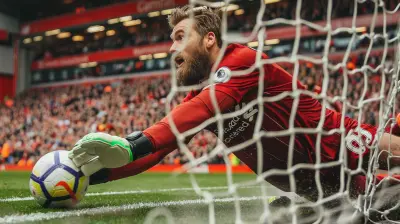
Top Goalkeeping Techniques to Level Up Your Game

How Football Clubs Are Tackling Hooliganism Head-On

The Best Ways to Train for Hilly Triathlon Courses

The Importance of Rebound Percentage in Modern Basketball
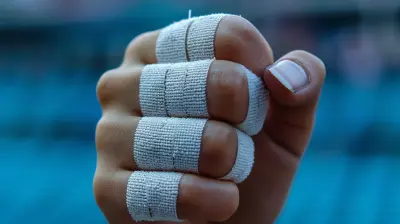
Athletic Taping Techniques: A Guide for Coaches and Athletes

Using Compression Wear to Boost Recovery and Performance

The Best Warm-Up Routine Before Your Round of Golf

Why Youth Are Drawn to Sports Hooliganism

The Role of Analytics in Soccer: Using Data to Gain a Competitive Edge